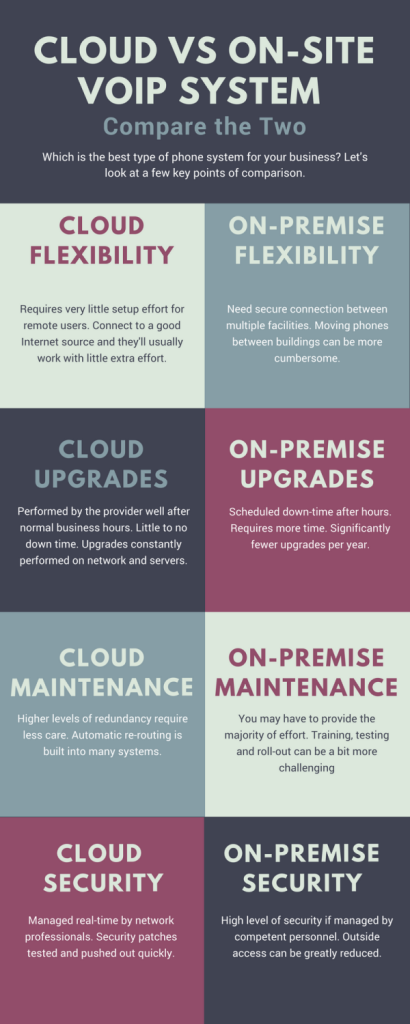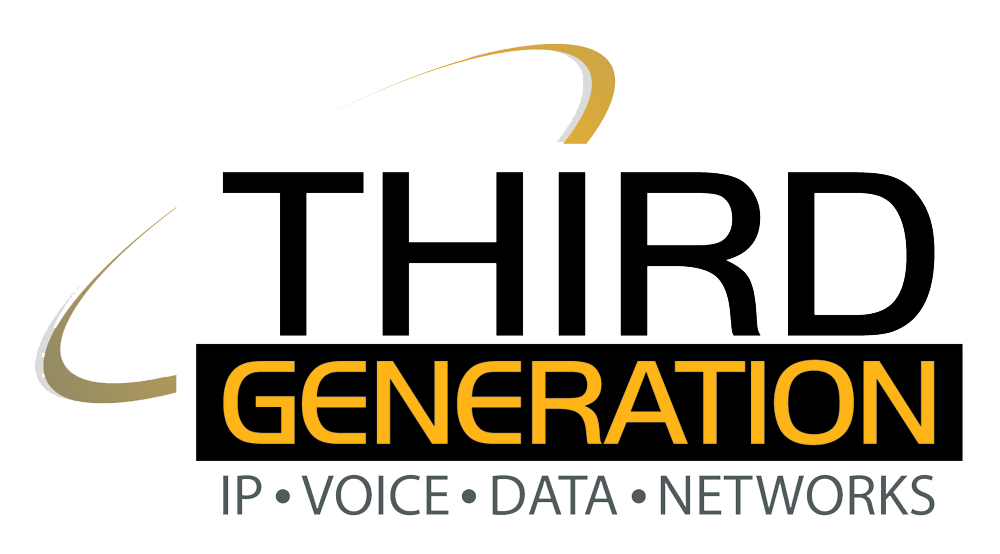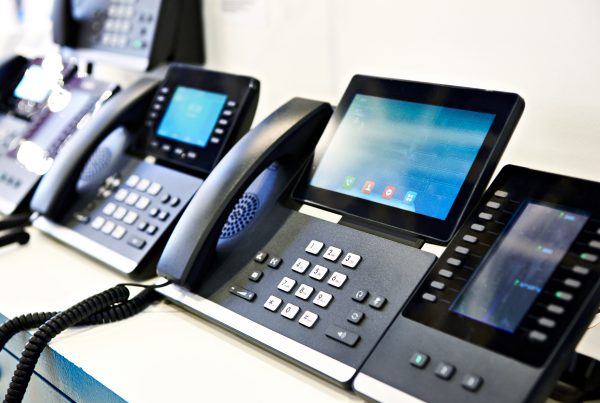Frequently our clients ask, “Which is better, hosted VoIP or premise-based on-site VoIP system that I own?”
Nobody wants to make a mistake when buying a phone system, so we will identify a few factors to consider when making a decision of cloud or on-site.
A hosted service doesn’t differ greatly from the system in your data closet. Features such as automated attendant, voicemail to email, in-call coaching, do not disturb, time-of-day call routing, etc., are baked into the majority of the systems we’ve seen.
Decision Points
The differences between hosted and owning a phone system usually focus on flexibility, upgrades, maintenance, security, and cost of entry. So, we’ll look at these points…
Flexibility: Adding phones and moving phones between building locations tends to be a bit more challenging for premise-based systems. Generally, you will need to have some type of dedicated connection between buildings that allows your phones in the remote office to access the system in the main office. Many clients employ a point-to-point network connection that provides a high level of security, while others use a Virtual Private Network (VPN) to achieve this. Note, though, when using a VPN your router is performing a lot of work encrypting and decrypting all the voice traffic, so it must be able to handle the demands placed on it.
Hosted systems generally need access to the Internet and some configuration in the firewall to make and take calls. While the phones in the remote offices are using different Internet connections, the controller can treat the phones as if they are all at the same location. Moving phones between locations generally only requires changing the 911 Emergency Services address in a web portal.
Upgrades: For on-site systems, upgrades are usually scheduled after business hours. This typically involves resetting the phones and the controller – meaning you’ll be without phones for a time. Upgrades range in time from just a few minutes to several hours, depending on how many office locations and phones you have, and the type of system that you are upgrading. The process starts with an update to the main controller and gets pushed out to each phone.
Hosted phone system upgrades are typically performed late at night – between 12:00 am and 4:00 am with little to no interruption in your services. You probably won’t know that an upgrade happened. In fact, we generally push out more than 4 upgrades a month to our cloud based servers.
Maintenance: There are several considerations in maintenance including adding/removing/managing employees, changing permissions, resetting services such as mailbox passwords, network tuning, backups, replacing hardware and training. Who will provide the maintenance – you or your vendor? If you are providing it as first-level support, test the programming interface and the on-line help features. Many interfaces are quite intuitive, while others leave something to be desired. The good news is that VoIP doesn’t require a lot of time to maintain, but you will have to make some changes sooner or later. The larger your organization, the more you’ll have to be involved in managing changes. In this area, a few hosted providers we’ve seen have a weakness. They must manage all of the changes for you, meaning you’ll have to wait on them to make that last-minute change, or if you can make the changes you may have to navigate some difficult programming interfaces and miss a few important items.
However, in the event of a hardware failure, public cloud may hold an edge. A higher level of redundancy and resiliency is built into a cloud system. To minimize a single point of failure your calls could be re-routed without your being aware. If you have an on-premise system, you may have to wait a while for your provider to show up with replacement parts.
Security: Which is more secure, public cloud VoIP or a system you own? Cloud systems limit the areas of attack from hackers by implementing many layers of security and attack mitigation. Cloud systems are built and supported by network professionals, and software patches are deployed quickly. On-premise systems can be quite secure if your data network is properly implemented and maintained.
Cost of Entry: Adding a phone (sometimes called a ‘seat’) on a premise-based system usually involves a one-time license purchase and the phone itself. Many manufacturers then charge a support/maintenance fee based on the total number of licenses you have which entitles you to software updates and manufacturer support via your installing vendor. Cloud VoIP requires a monthly seat fee and any optional features you’ll need. But, since Cloud VoIP uses industry-standard SIP telephones, they’re almost always lower cost than an on-premise system manufacturer’s phones. Since cloud requires very little in your offices, the cost of entry is lower in most cases.





